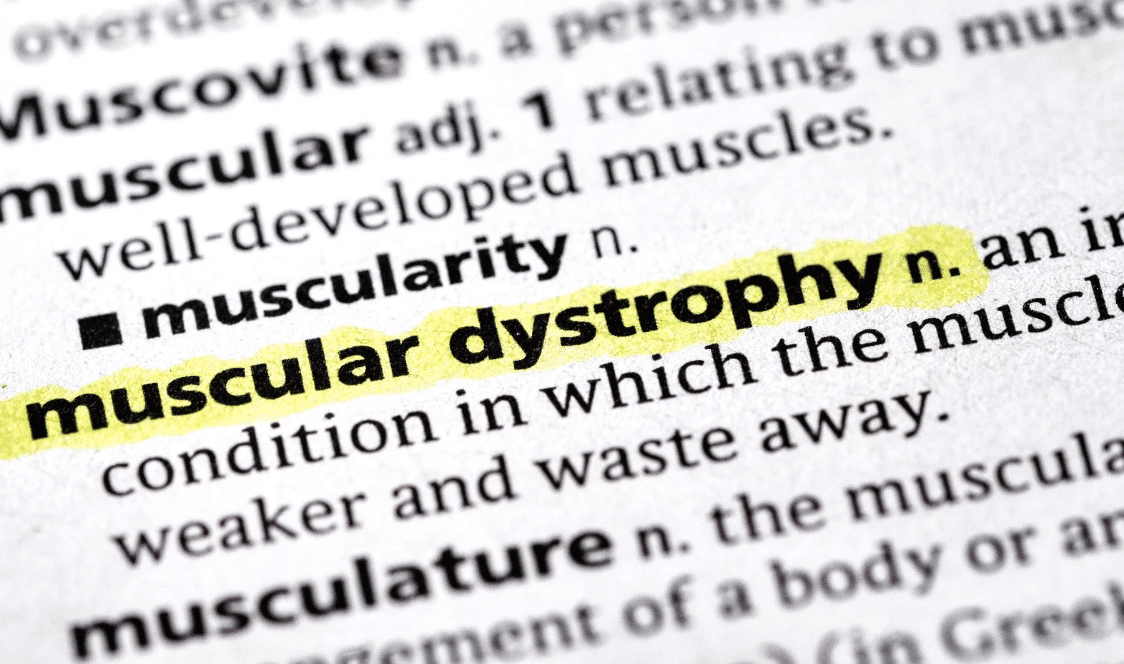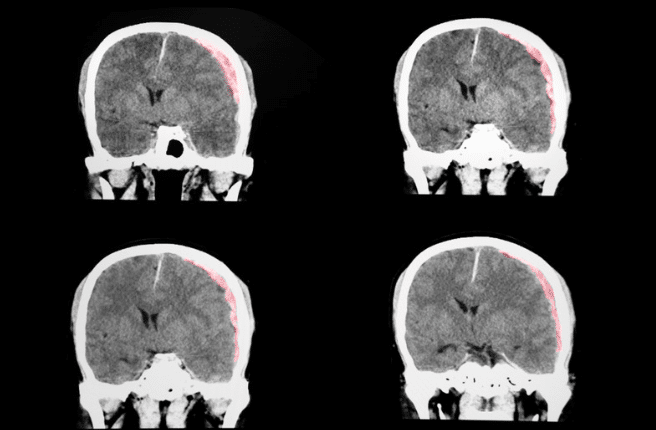Am I Eligible for SSD for Muscular Dystrophy?
When you apply for Social Security disability benefits (SSD) for muscular dystrophy or any other condition, there are two possible ways to show that you are disabled. One is to show that your medical condition meets or equals a listing in the Social Security Blue Book, formally known as Disability Evaluation Under Social Security – Listing of Impairments. The other is a more complex assessment of the amount of work you can still do, combined with information about your age, work history and education.
Muscular Dystrophy is in the Social Security Blue Book
When you apply for muscular dystrophy disability benefits, the Social Security Administration (SSA) will first look to see whether you meet the Blue Book criteria.
To meet the listing for muscular dystrophy, the applicant must show “disorganization of motor function in two extremities resulting in an extreme limitation in the ability to stand up from a seated position, balance while standing or walking, or use the upper extremities.”
To better understand what’s required, it’s important to know how the SSA uses some of those terms. For example, extreme limitation of the ability to stand up from a seated position means that when you are sitting down, you are unable to stand without help from another person or using an assistive device like a walker, two crutches, or two canes. The assessment for balance while standing or walking uses the same criteria.
Extreme limitation in the use of the upper extremities means “loss of function of both upper extremities that very seriously limits your ability to independently initiate, sustain, and complete age- appropriate activities involving fine and gross motor movements.”
What if I Don’t Meet the Blue Book Listing for Muscular Dystrophy
If you don’t meet the listing criteria, you may still qualify for muscular dystrophy disability benefits if you can show that your medical condition prevents you from engaging in substantial gainful activity. During this part of the analysis, the SSA will take into account any and all medical conditions that may impair your ability to work.
Give Yourself the Best Chance at SSD for Muscular Dystrophy
As you can see, extensive medical documentation is required to establish your eligibility for SSD for muscular dystrophy. Putting together the strongest, best-documented application possible can make the difference between approval and denial. To learn more about how Disability Help Group can help you submit the most effective application or appeal possible, call us today at 800-800-3332 or fill out our contact form here.
Learn More Here:
Do My Migraines Qualify Me for Disability Benefits?
Does Hashimoto’s Disease Qualify for Disability Benefits?
Can I Lose My Disability Benefits?







